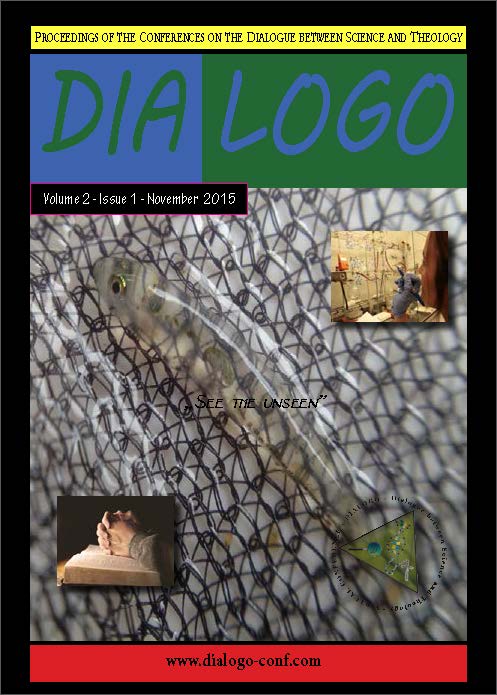Contingency in complex systems and eastern trinitarian divine action in creation
Contingency in complex systems and eastern trinitarian divine action in creation
Author(s): Arvin M. GouwSubject(s): Christian Theology and Religion, Theology and Religion, Systematic Theology, Eastern Orthodoxy
Published by: Dialogo Publishing House SRL
Keywords: divine action;contingency;complex systems;trinity;essence and energies;
Summary/Abstract: Divine action and the contingency of creation on God have been an ongoing topic of discussion between theologians and scientists. This paper begins with an introduction on contingency by presenting two models of contingency: top-down and bottom-up contingency models (section 1). I then proceeded to make the connection between contingency and causation (section 2). With the discourse of causation, contingency can be approached starting from either the cause or the effect. I propose to approach the issue by starting neither from the cause nor the effect, but from the system (section 3). This systems approach has the following logical flow. The first step is to consider the system in itself (section 4). There is a continuum of system complexity from simple to complex. The second step is to delineate the differences between simple and complex systems by considering four factors (section 5). Third is to locate the contingency of both systems (section 6). By using the cell as an example of a complex system, I demonstrated that modeling complex systems as a network is superior to the serial linearization method. Then I proceed to determine the nature of God based on this new proposed systemic relational contingency model (section 7). I find Lossky’s Essence-Energies Trinitarian formulation of divine action in creation is compatible with the quantum randomness contingency model and the relational systemic contingency model. Moreover, in comparing the Trinitarian doctrines of Lossky with Barth, I argue that Eastern Trinitarian model in general overcomes both theological and scientific problems better than Western Trinitarian models. In conclusion, I argue that the relational contingency model overcomes problems of the previous models, provides novel implications that fits with the eastern concept of trinitarian divine action, and is open to future theological and philosophical development.
Journal: Dialogo
- Issue Year: 2/2015
- Issue No: 1
- Page Range: 284 - 294
- Page Count: 11
- Language: English

